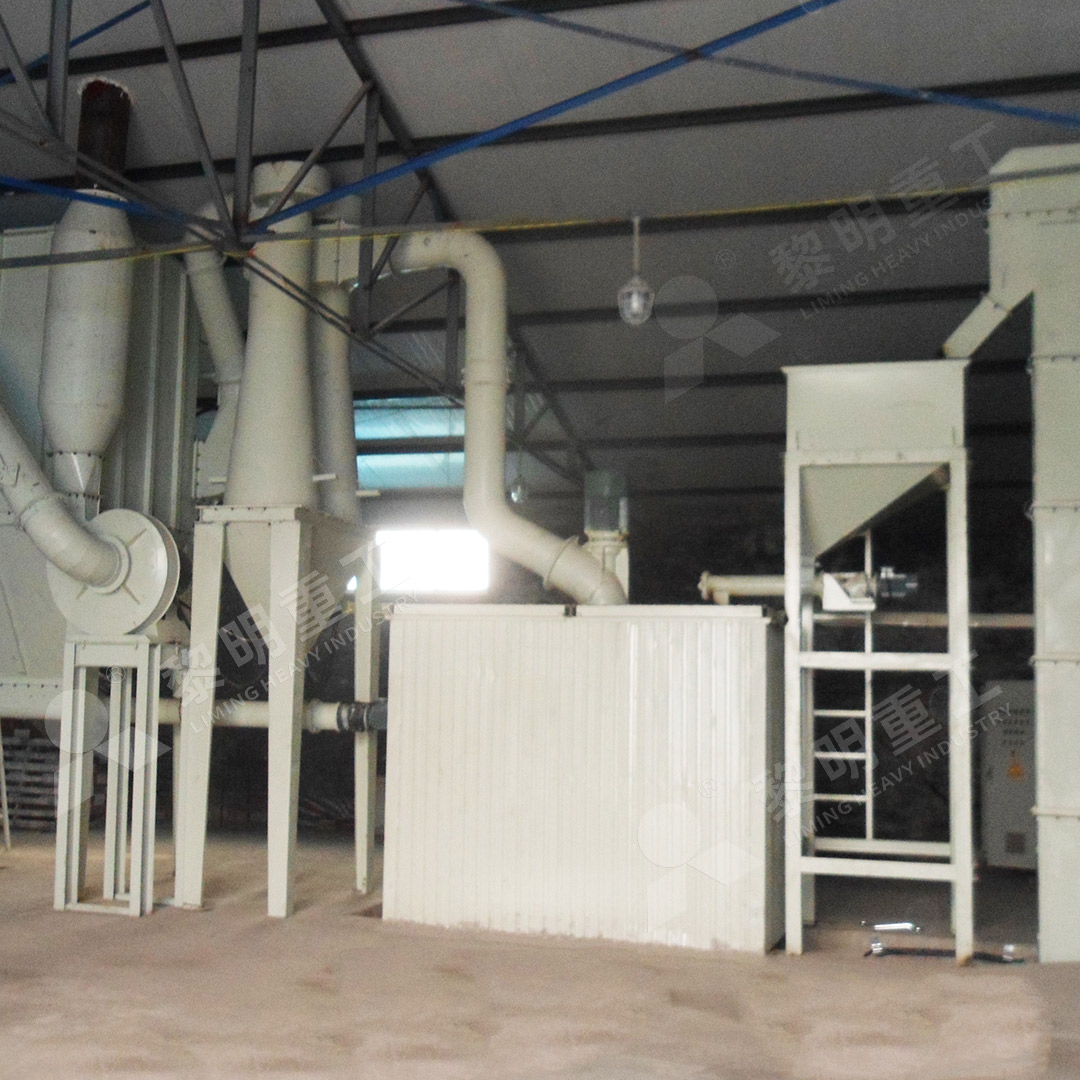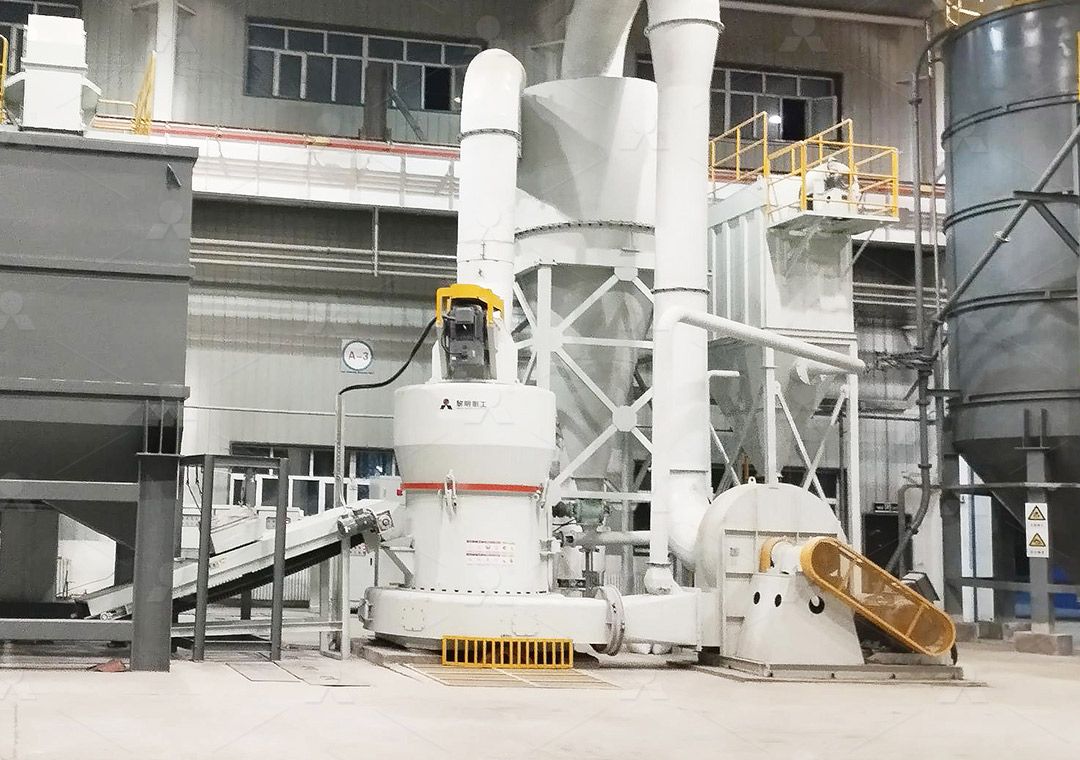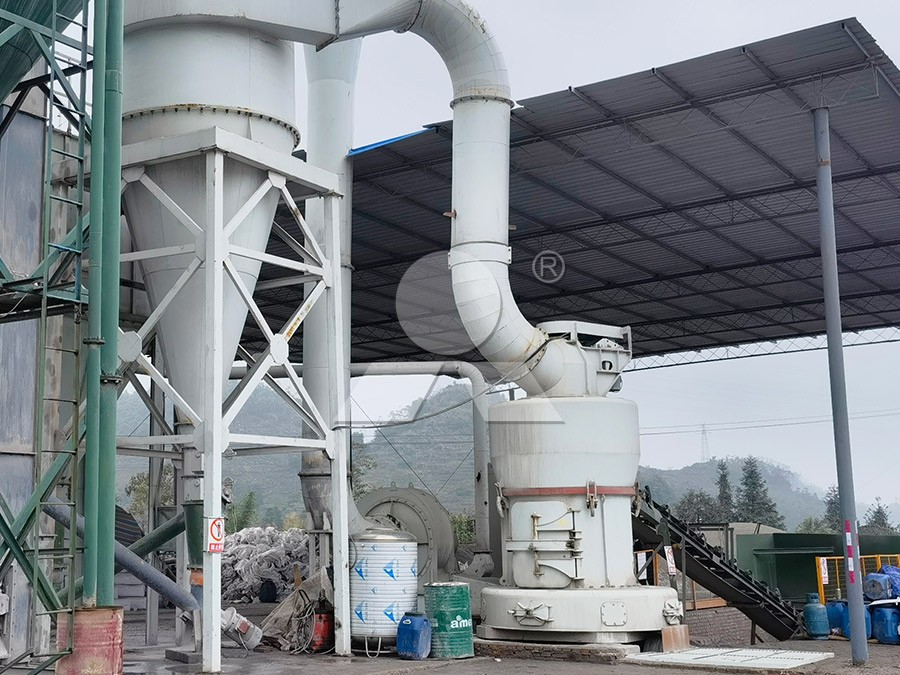Limestone Grinding Mill: A Comprehensive Guide to Powder Production Equipment
Limestone Grinding Mill: A Comprehensive Guide to Powder Production Equipment
In the world of industrial mineral processing, limestone stands as one of the most versatile and widely used raw materials. From construction to agriculture, pharmaceuticals to environmental applications, the demand for precisely ground limestone powder continues to grow. Understanding the right grinding equipment for your specific needs can mean the difference between profitable operations and constant maintenance headaches.
The Critical Role of Proper Grinding Technology
Limestone grinding isn’t merely about reducing particle size—it’s about achieving consistent quality, maintaining operational efficiency, and ensuring environmental compliance. The transformation of raw limestone into valuable powder requires sophisticated equipment that can handle the material’s unique characteristics while delivering the desired fineness and production capacity.

Traditional grinding methods often fall short in meeting modern production demands. Ball mills, while reliable, consume excessive energy and struggle to achieve ultra-fine specifications. Raymond mills, though improved over generations, may not deliver the precision required for high-value applications. This is where advanced grinding technologies make their mark.
Advanced Solutions for Modern Production Needs
Among the innovative solutions available today, the MW Ultrafine Grinding Mill represents a significant leap forward in powder production technology. Designed specifically for customers requiring ultra-fine powder between 325-2500 meshes, this machine combines German powder separation technology with intelligent engineering solutions.
What sets the MW series apart is its remarkable efficiency—achieving 40% higher production capacity than jet grinding mills and double the output of traditional ball mills, while consuming only 30% of the energy of jet milling systems. The innovative design eliminates rolling bearings and screws within the grinding chamber, addressing common failure points that plague conventional equipment.

Key Considerations in Equipment Selection
When evaluating limestone grinding equipment, several factors demand careful consideration. Production capacity requirements, desired fineness range, energy consumption profiles, and environmental compliance capabilities all play crucial roles in determining the optimal solution.
The LUM Ultrafine Vertical Grinding Mill offers another compelling option, particularly for operations requiring precise control over product quality. With input size handling up to 10 mm and capacity ranging from 5-18 tph, this mill integrates Taiwanese grinding roller technology with German powder separating expertise. Its reversible structure simplifies maintenance, while electronic and mechanical limiting technologies ensure operational stability.
Both the MW and LUM series incorporate efficient pulse dust collectors and noise reduction systems, addressing two significant concerns in mineral processing operations. The environmental benefits extend beyond compliance—they contribute to better working conditions and community relations.
Applications Beyond Traditional Boundaries
The versatility of modern limestone grinding equipment enables producers to serve diverse markets. Beyond construction materials like cement and concrete, finely ground limestone finds applications in:
- Chemical industry processes
- Paint and coating formulations
- Cosmetics and personal care products
- Food additives and pharmaceuticals
- Environmental remediation
- Agriculture and soil treatment

The ability to precisely control particle size distribution opens opportunities in high-value sectors where consistency and purity are paramount. Modern grinding mills achieve this through advanced separation technologies and digital control systems that maintain tight tolerances throughout production runs.
Frequently Asked Questions
What fineness range can modern limestone grinding mills achieve?
Advanced mills like the MW Ultrafine Grinding Mill can produce powder ranging from 325 to 2500 meshes, with screening rates achieving d97≤5μm in a single pass. This covers everything from coarse industrial fillers to ultra-fine specialty powders.
How do modern mills address environmental concerns?
Contemporary designs incorporate efficient pulse dust collectors that eliminate dust pollution throughout the milling system. Combined with silencers and noise elimination rooms, these systems operate well within national environmental protection standards.
What maintenance advantages do newer designs offer?
Innovations like the absence of rolling bearings and screws in the grinding chamber (as seen in the MW series) prevent common failure points. External lubrication systems enable maintenance without shutdown, supporting continuous 24-hour operations.
How does energy consumption compare to traditional equipment?
Modern ultrafine grinding mills typically reduce energy consumption by 30-50% compared to conventional systems while increasing production capacity by 40-100%, delivering significant operational cost savings.
What support can operators expect for these advanced systems?
Reputable manufacturers provide comprehensive technical services and original spare parts support, ensuring worry-free operation and minimizing downtime through prompt service and genuine replacement components.
